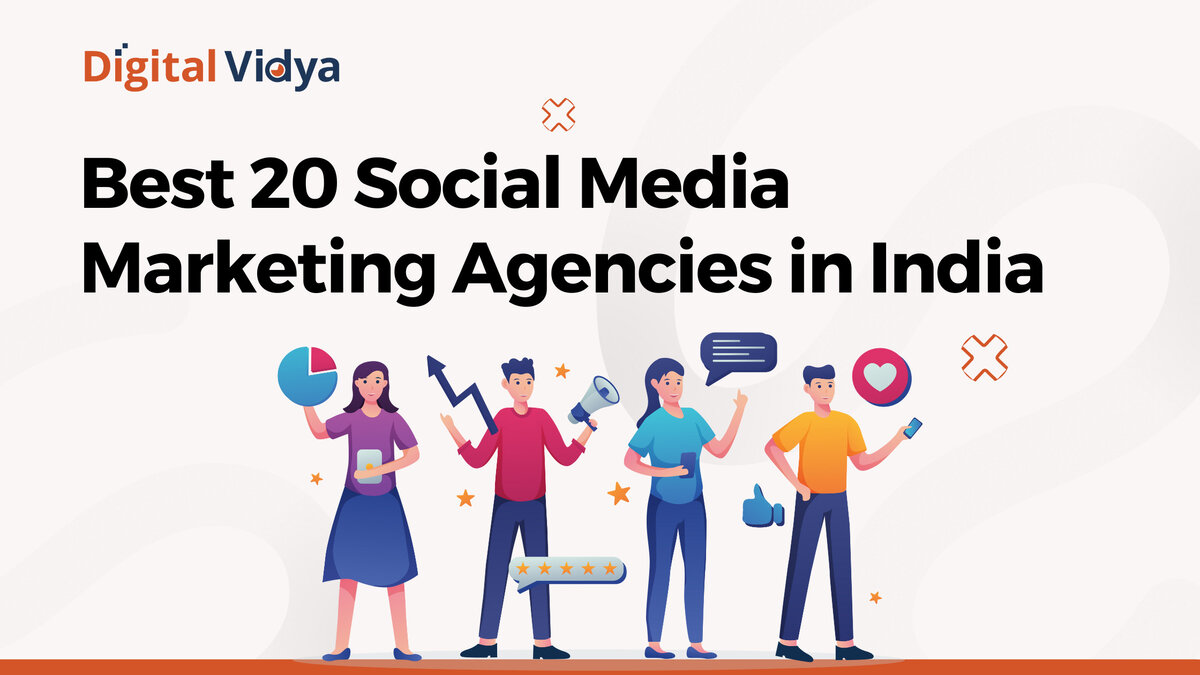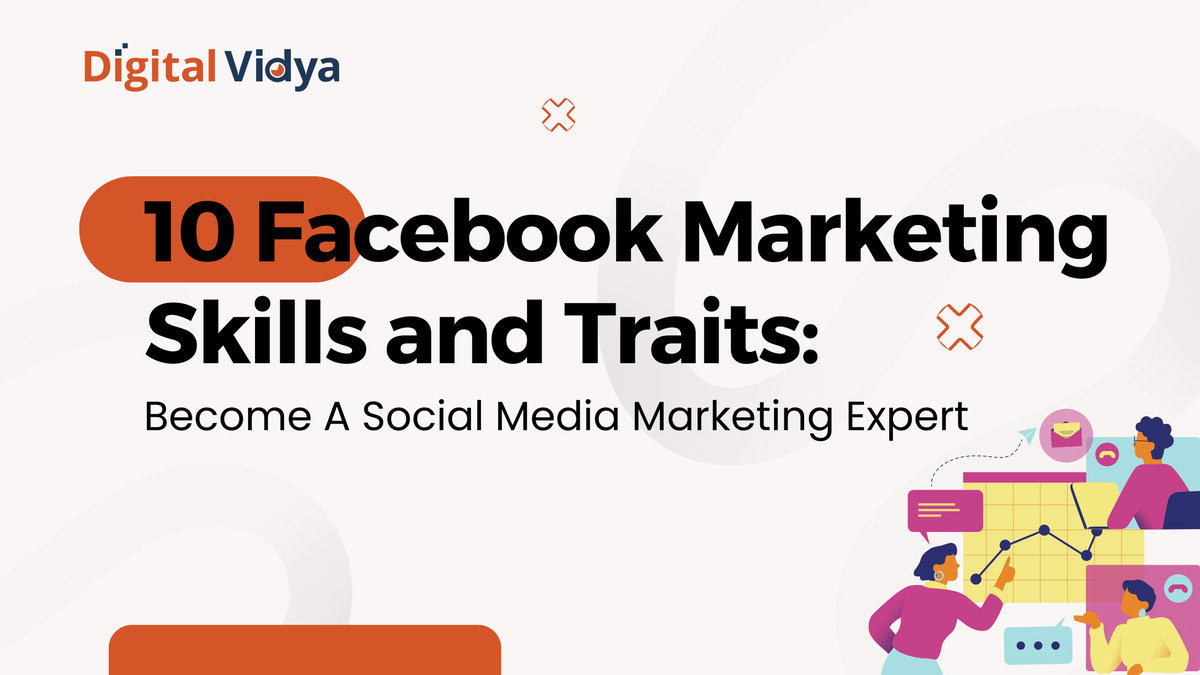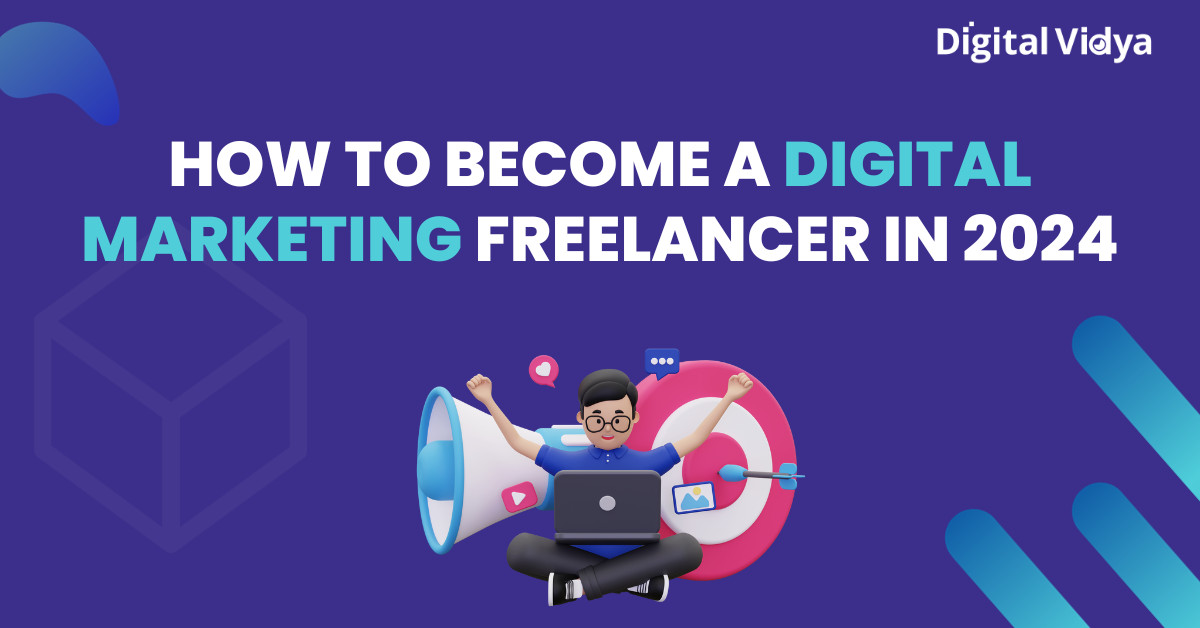Instagram has become a critically important social network. The photo-sharing app is becoming increasingly important for every kind of business.
Instagram is now a hub where regular people find (and judge) the visual identity of a business. Without a strong Instagram presence, companies risk being ignored or forgotten, especially among the next generation of consumers.
If you do take it seriously, it can open up a world of opportunity for your brand. Forrester has named Instagram the “king of social engagement” citing the fact that top brands’ Instagram posts generated a per-follower engagement rate of 4.21 percent. That means Instagram delivered these brands 58 times more engagement per follower than Facebook, and 120 times more engagement per follower than Twitter.
Create your Instagram strategy

First step is to use Instagram yourself, before you use it for your brand. Search for other similar businesses on Instagram—including your competitors—both for inspiration and competitive intelligence.
Once you gain some experience with the app, you can begin to build your Instagram strategy.
First, you’ll need to establish your Instagram goals. These goals should tie back to your business goals. They might include:
- Increase product sales
- Increase traffic to your website
- Increase brand awareness
- Increase branded hashtag mentions

Once you identify your goals, craft a mission statement for your Instagram account. A mission statement acts as a guiding principle for your Instagram activities, and will dissuade you from treating the social network like you would Twitter or Facebook. In the case of Instagram, the network’s power is in visuals, and your mission statement and goals should reflect that. The statement can be similar to:
We will use Instagram for (purpose of this social network) in order to help (business goal).
With your mission statement in hand, you can move onto your content strategy. This will involve:
- Choosing how often to post
- Choosing what time of day to post
- Establishing a content calendar
- Choosing your content themes
On Instagram, you should be maintaining a regular posting schedule, but don’t bombard your followers with too many posts. One to three posts per day is ideal for any brand. As for what time of day to post, this will largely depend on your audience. For both of these factors, frequency and time is important. Test posts at different intervals and times and see what works best. This will depend on where your audience is located, including their time zone, among other factors. Then use that insight to establish a content calendar. Your calendar should establish who is in charge of posting, when they’ll post, and what the content will be.
Building your Instagram brand
Considering a unique visual style for your Instagram brand is extremely necessary. Choose one filter or a set of filters that you will use for the majority, if not all of your photos. By using the same filters over and over, you establish a style that will become familiar to your followers. Since your goal is to get Instagram users to stop scrolling once they see your image (in order to engage with it by liking or commenting), the more instantly recognizable your photos are, the better.
Visually, decide on what content your photos will focus on. In some cases, the content will be obvious: a clothing line will shoot photos of clothes, a restaurant will shoot photos of its food. Not all industries have this luxury, but brands from all industries are finding ways to promote themselves through lifestyle content, which seems to connect well with the audience.
If you’re unsure of how to visually represent your own company, monitor the accounts of your followers. Analyze at what they’re sharing and if you can identify any trends. Then try to replicate the visual themes in your own content. A consultancy firm might find their followers are very passionate about beer or cars, and share content from their employees which fits these themes. These brands could also share their followers’ photos (giving them full credit) as a form of user-generated content.
Finally, there could be non-visual elements to your Instagram brand, like common language or style for captions. A very popular technique used by brands is the branded hashtag. Don’t use your company name as a hashtag, but find a hashtag which reflects your brand and encourage followers to share. Brands receive the benefit of increased exposure to unique potential customers, and Instagrammers participate for an oppoertunity to be featured on a brand’s profile.
Getting started with the app
To get started on Instagram, download it to your mobile device from the Apple Store or Google Play. You’ll need to sign up, which means choosing a master email and a secure password.
Once you’ve entered the app, you’ll be prompted to fill out your profile. Spend some time to optimize it, filling it out completely and professionally.
Your username and bio:
Instagram is one of the simplest social networks when it comes to your bio. Your username, for discoverability, should match the username of your other branded social media profiles. Your real name, in this case, is the company name. The rest of the information that appears on your public profile is your website and a 150 character short bio. For your bio, since you’re limited in terms of length, keep things straightforward, but not serious. Explain about your business, what you do and what people can expect from your Instagram profile. It should be short and crisp and should also include any branded hashtags you want followers to use.
Your profile photo:
Your Instagram profile photo should be your company’s logo. Match it with your other profile photos so that people who follow you on Twitter or Facebook can instantly recognize your brand.
Your Instagram profile picture will be cropped into a circle on the app, so make sure you choose an image that will look good in that shape. Though the profile picture will be 110 pixels in diameter on the mobile app, choose a larger image since it will appear larger on the web.
Enable notifications:
This is an often overlooked area of setting up your profile. Enable push notifications for likes and comments, as well as new followers, Instagram direct activity, and photos of you. These notifications plan an important role to increase engagement and any user-generated content campaigns you run. If someone tags your brand in a photo, a push notification puts it on your profile. You can then thank the user, comment or even share their photo as UGC. Notifications will help make sure that you don’t neglect your Instagram presence, or the users that follow and engage with you.

Follow people:
Lastly, to kick off your business’ Instagram presence, follow a few users. Search for influencers in your industry, clients and engaging users and follow them. Find industry relevant hashtags and make your brand’s presence felt by commenting on photos and following people who participate in these discussions. This will quickly expand your following on Instagram. Lastly, add your Instagram handle to your other social media profiles and web properties for cross-promotion. You can also send out a message or two asking your existing following on those networks to also follow you on Instagram.
Posting and engaging
Once you’ve set up Instagram, you can start sharing and engaging.
Always post high-quality images that meet the brand guidelines and do so according to your content calendar. Remember, Instagram is very much a mobile-first platform, so consider that when choosing your photos. Consider how easily your image can be seen on a small screen and try and use high resolution photos.

When posting, always try to cross-post your Instagram images. Instagram allows you to post images directly to Facebook, Twitter, Tumblr, Flickr and Foursquare. It will help you grow your following by showing existing followers on other social networks that you’re on Instagram. It’s also an easy source of visual content for those social networks. The same practice applies to embedding images from Instagram within your blog posts and websites.
If you work in a business that has a physical location, make sure you also tag your photos with that location. This location tag can be used by users to see other photos from your store or restaurant.
In terms of engagement, do your best to reply to comments from followers. Don’t be afraid to follow users who follow you, especially those who clearly put work into their own Instagram presence. These people will be more likely to engage with your brand, and can even provide inspiration for your own posts. All in all, the success of your Instagram account will come down to getting your business out there in the community, while ensuring that you acknowledge and thank those engaging with your brand.
Instagram analytics
As with any social network, it is equally important to track the performance of your Instagram posts. Doing so allows you to see what types of images resonate with your network, so you can always improve. Instagram analytics will also provide you with the data you need to show stakeholders that you’re achieving the goals you set out in your Instagram strategy.
Create all the metrics you want to track on Instagram and then follow a schedule for how often you want to pull that data. Since social media moves fast, and Instagram trends can change in a short time, you should check your Instagram performance at least once a week, if not more. It’s important to know how your photos are performing early on, since you may want to actively promote successful images.
If you’re looking for analytics for your business’ Instagram account, Iconosquare is a great option. It allows you to track:
- follower growth
- your top followers
- all engagement on your photos
- your posting history
- the best time to post photos
- the lifespan of your photos
5 Instagram for business best practices
Here are a few final best practices you can use to excel at Instagram for business:
- The unique qualities of your brand’s audience are still important on Instagram. A bank can’t simply mimic Starbucks or Red Bull and expect to gain popularity. Hone in on your audience and build an Instagram brand that really caters to their interests and expectations.
- Tell a story with your caption. Caption is a valuable real estate in Instagarm. It is a visual social network, so many people end up neglecting the caption. Captions allow you to attach a context and even make your followers laugh especially if you are proficient in emojis. It can also tie an image back to your business.
- Instagram is a great platform for contests.As user engagement is very high in Instagram, contests can be extremely successful. It can ask users to comment on your photo, share it, mention a certain number of friends, or even share their own photo with a specific hashtag. Many people see these contests as a benefit of following a brand on Instagram. Try out a contest, track the analytics and see how it benefits your brand.
- Consider collaborating with a popular Instagrammer or influencer in your field or industry.Collaborating with a popular Instagrammer or influencer in your industry can pay off big time as they promote your brand to their large community. You can even try to give them control of your branded account for a day, or ask them to share their thoughts or give reviews on your brand. While many influencers will charge a pretty penny for their services, even small and medium businesses can use this tactic by giving away their product or using local influencers.
- Instagram is progressively rolling out its advertising platform. Thus far, the results have been really impressive. Across more than 475 global campaigns, ad recall from sponsored posts on Instagram was 2.9x higher than Nielsen’s norms for online advertising. This will be something to consider once Instagram opens up its advertising options to all businesses.
Image Credits: Google




















For Instagram analytics, you could add that businesses shouldn’t be measuring their performance in a vacuum because there’s no way to know if they are doing a good job or not. One of the things we do at unmetric.com is help brands know if their Instagram efforts are good enough compared to the competition.